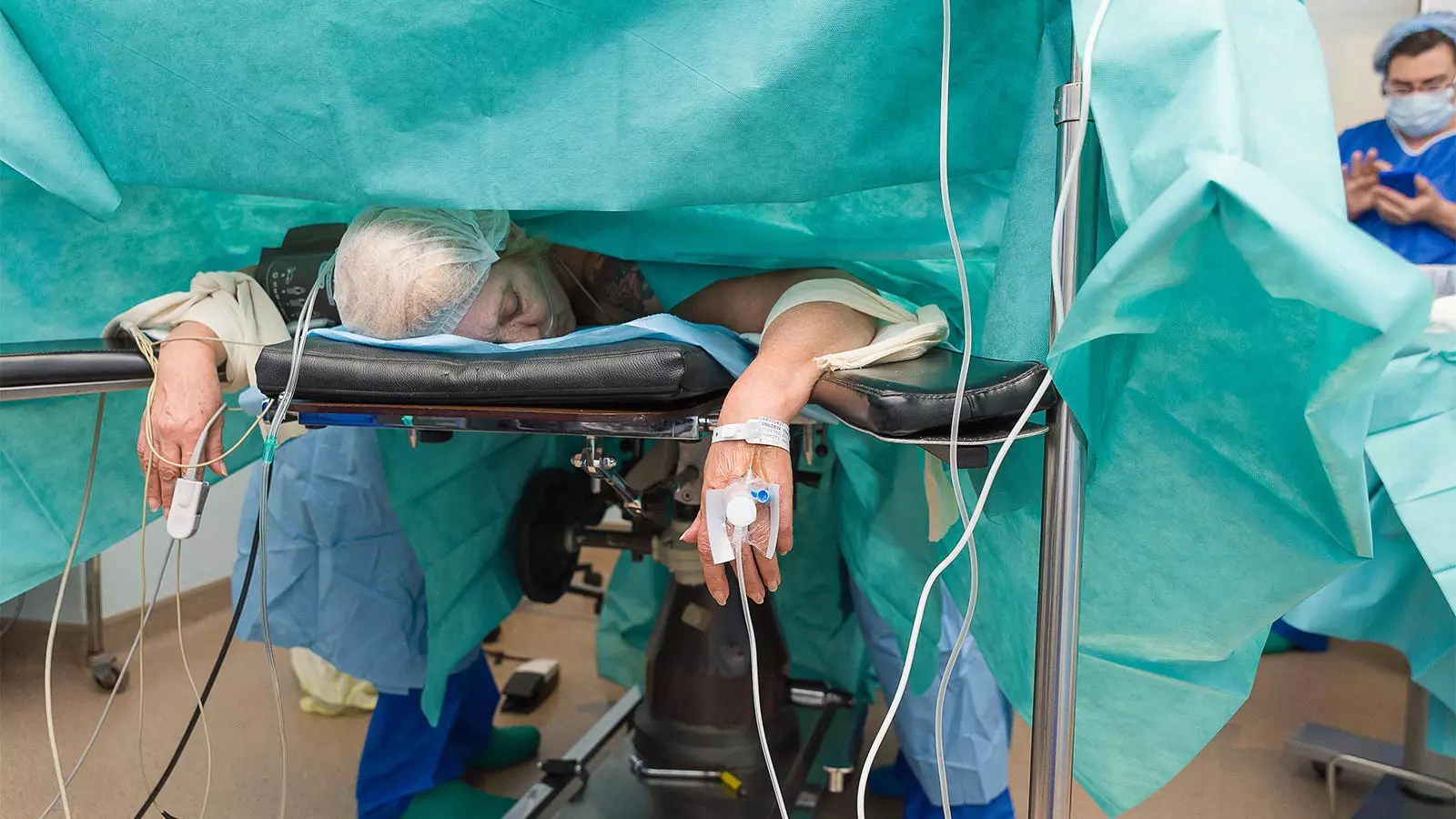The Dominican Republic (D.R.) has gained popularity as a destination for medical tourism, particularly for cosmetic surgery procedures. However, recent findings in the Morbidity and Mortality Weekly Report (MMWR) shed light on a concerning trend – there have been 93 deaths among U.S. residents who traveled to the D.R. for cosmetic surgery between 2009 and 2022. These statistics demand a critical analysis of the risks associated with cosmetic surgery in the Dominican Republic.
The MMWR report reveals a significant increase in deaths associated with cosmetic surgery in the D.R. While there were an average of 4.1 deaths per year from 2009 to 2018, this number rose to 13 during the years 2019 and 2020, with a peak of 17 deaths in 2020. This sudden surge in fatalities raises serious concerns about the safety and standards of cosmetic procedures in the country.
The researchers found that the majority of deaths were linked to gluteal fat transfer, which is commonly known as the Brazilian butt lift (BBL). The BBL has gained a reputation as one of the most dangerous aesthetic procedures. Pulmonary fat embolism, where fat particles obstruct blood circulation, is a common cause of death in these cases. This alarming connection highlights the need for better safety protocols and heightened awareness regarding the risks of this particular procedure.
The MMWR report also delves into the risk factors associated with the deaths. Many of the patients who died had underlying risk factors such as obesity and undergoing multiple procedures during a single operation. These factors increase the likelihood of embolic events, such as fat emboli or venous thromboembolism. The statistics show that 90% of deaths were caused by embolic phenomena. It is crucial for potential patients and healthcare providers to consider these risk factors and make informed decisions.
All 24 of the patients who underwent gluteal fat transfer and had medical records available were women. The study also revealed that the mean age of these patients was 41 years, and they had a mean body mass index (BMI) of 32. These statistics highlight the vulnerability of women in these cosmetic surgery procedures and emphasize the importance of thorough pre-operative evaluations and patient selection.
One of the reasons behind the popularity of the D.R. as a medical tourism destination is lower costs and shorter wait times for procedures. The proximity to the United States and existing tourism infrastructure also play a role in attracting patients. However, the allure of these advantages should not overshadow the importance of quality medical care and adherence to safety standards. The rise in deaths prompted the U.S. Embassy in the D.R. to involve the CDC in an investigation, emphasizing the need for increased scrutiny and oversight in the cosmetic surgery industry.
In addition to the alarming death rates associated with cosmetic surgery in the D.R., another MMWR report focuses on the outbreak of Mycobacterium abscessus infections among patients who underwent cosmetic surgery at a single facility in south Florida. The report reveals multiple lapses in infection control and prevention, including gaps in environmental cleaning practices, use of proper personal protective equipment, and disinfection during surgical device reprocessing. These failures highlight the potential risks that patients face during even routine cosmetic procedures.
All 15 cases of Mycobacterium abscessus infection identified in the report involved women who had received gluteal fat transfers and liposuction. The infected sites were predominantly in the buttocks, further emphasizing the risks associated with specific procedures. These patients experienced symptoms such as swelling, purulent drainage, redness, and pain at the surgical sites. The treatment required prolonged use of oral and IV antibiotics, as well as wound incision, drainage, and debridement. The gender disparities in complications highlight the need for tailored approaches to ensure patient safety.
The MMWR reports raise serious concerns about the safety and standards of cosmetic surgery in the Dominican Republic. The lack of reliable statistics on the total number of procedures performed on U.S. citizens in the country each year and potential underreporting of deaths to the U.S. Embassy limit the scope of the research. However, the authors emphasize that improved surgical protocols and postoperative medical care, including prophylactic measures against venous thromboembolism, can mitigate these risks. It is vital for healthcare providers, policymakers, and patients to pay close attention to these findings and take proactive steps towards safer cosmetic surgery practices.
The high number of deaths and infectious outbreaks related to cosmetic surgery in the Dominican Republic and South Florida warrant immediate action. Authorities must focus on stricter enforcement of infection control protocols, ensuring proper training and supervision of healthcare professionals, and enhancing patient education regarding the risks involved. Collaboration between regulatory bodies, medical associations, and law enforcement is essential in addressing these critical issues and protecting the lives and well-being of patients seeking cosmetic surgery.


Leave a Reply